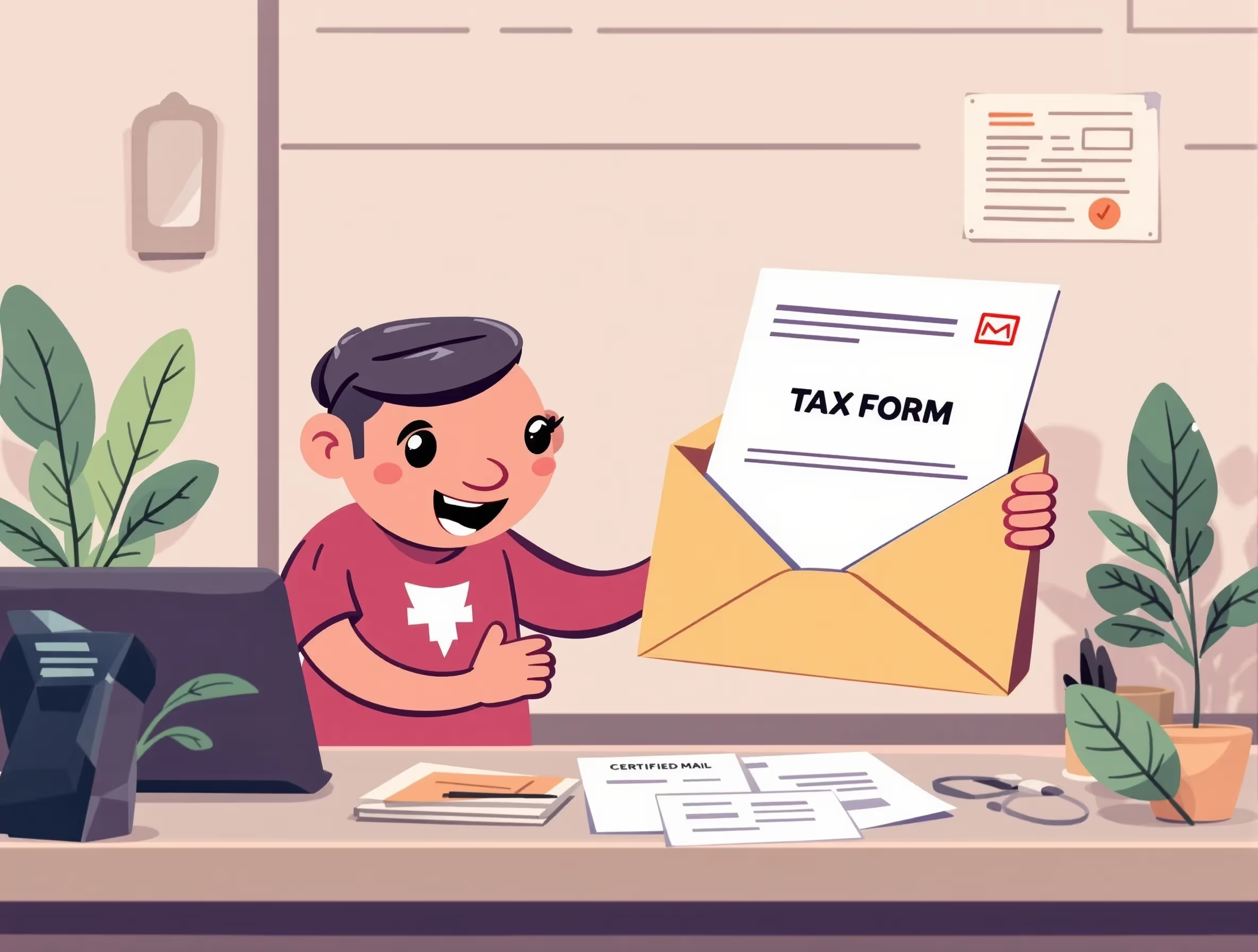
What Form 8886 (2013) Is For
Form 8886 (2013) is a reportable transaction disclosure statement required by the Internal Revenue Service to identify transactions that may affect income tax reporting. It helps detect abusive tax shelters, prohibited tax shelter transactions, and tax avoidance strategies that could lower taxable income or alter tax liability. Taxpayers use it to disclose activities involving tax shelters, investment accounts, and other arrangements linked to potential income tax benefits.
The form promotes transparency and supports accurate tax reporting. It also assists the IRS in evaluating whether transactions provide legitimate tax benefits or represent potentially abusive practices. Proper disclosure protects taxpayers and ensures compliance with federal regulations.
When You’d Use Form 8886 (2013)
A taxpayer must file Form 8886 when they participate in a reportable transaction that impacts taxable income or provides a potential tax benefit. The Internal Revenue Service requires this form for individuals, partnerships, corporations, and trusts that are engaged in transactions involving tax shelters, tax avoidance, or contractual protection. Filing ensures that taxpayers adequately disclose information and comply with federal income tax reporting rules.
Amended Returns and Timing Requirements
Form 8886 must also be filed with any amended return that includes a reportable transaction. Taxpayers receiving Schedule K-1s reflecting such activity must file their own disclosure. Timely filing demonstrates compliance and prevents penalties related to improper or incomplete tax reporting.
Key Rules or Details for 2013
Form 8886 for the 2013 tax year includes several rules established by the Internal Revenue Service to ensure full disclosure of reportable transactions. Each taxpayer must carefully review these requirements to determine their eligibility and filing responsibilities. These guidelines help identify abusive tax shelters and maintain accurate income tax reporting.
- Listed transactions require disclosure when the Internal Revenue Service identifies them through published guidance.
- Confidential transactions require disclosure when a confidentiality agreement limits the sharing of tax details with others.
- Transactions with contractual protection require reporting when fees depend on achieving a tax benefit, since this represents a material transaction.
- Loss transactions that exceed Internal Revenue Service thresholds require full disclosure from the taxpayer.
- Transactions of interest include new or developing tax shelter strategies that require detailed review by the Internal Revenue Service.
Step-by-Step (High Level)
Form 8886 serves as the official document taxpayers use to disclose reportable transactions that affect taxable income or result in potential tax benefits. The Internal Revenue Service reviews each submission to identify tax shelters and ensure compliance with federal income tax laws. Accurate reporting protects taxpayers and maintains fairness in the tax system.
- Step 1: The taxpayer determines whether the transaction qualifies as a reportable transaction under Internal Revenue Service rules.
- Step 2: The taxpayer gathers all supporting records, including contracts, investment documents, and details of the advisor, for verification.
- Step 3: The taxpayer completes every section of Form 8886 carefully and verifies that all figures are accurate.
- Step 4: The taxpayer attaches the completed Form 8886 to their income tax return before submission.
- Step 5: The taxpayer sends a duplicate copy of Form 8886 to the Office of Tax Shelter Analysis for review and processing.
Common Mistakes and How to Avoid Them
Taxpayers often face difficulties when preparing Form 8886, especially when dealing with reportable transactions or tax shelters. The Internal Revenue Service enforces strict disclosure rules, so understanding common mistakes helps taxpayers file correctly. Taking preventive steps ensures accuracy and reduces the risk of penalties.
- Incomplete Descriptions: Many taxpayers fail to provide complete transaction details of their transactions. To ensure accuracy, each filer includes the transaction’s purpose, structure, and related financial amounts.
- Missing OTSA Copy: Some filers forget to submit a duplicate copy, and each filer mails or faxes a complete copy to the Office of Tax Shelter Analysis to meet disclosure requirements.
- Incorrect or Vague Entries: Incomplete or unclear figures can lead to compliance issues, and each taxpayer must verify the accuracy of all entries before filing Form 8886.
- Late Filing: Missed deadlines increase review risks, and every taxpayer follows the Internal Revenue Service submission dates carefully to maintain compliance.
What Happens After You File
After receiving Form 8886, the Internal Revenue Service reviews the information to determine whether the reported transactions meet the definition of a reportable transaction under the law. The agency examines the disclosed details, including investment structures, losses, and tax benefits, to confirm compliance with federal income tax rules. Properly filed forms help reduce the risk of audits and penalties related to incomplete disclosures.
The IRS may contact the taxpayer for additional documentation or clarification during its review. Complete and accurate filings protect taxpayers from extended assessment periods and support timely resolution. Submitting the form correctly reinforces transparency, promotes trust, and demonstrates cooperation with federal tax enforcement standards.
Frequently Asked Questions
What is Form 8886 (2013) used for?
Form 8886 (2013) is a reportable transaction disclosure statement required by the Internal Revenue Service to identify specific transactions that may reduce taxable income or alter tax liability. It ensures transparency in reporting tax shelters, tax avoidance transactions, and potentially abusive transactions that could improperly claim federal income deductions. Filing supports the IRS’s ongoing efforts to combat abusive tax shelters and protect compliance.
Who must file a reportable transaction disclosure statement?
Any taxpayer, including individuals, corporations, partnerships, and tax-exempt entities, must file Form 8886 if they participate in a reportable transaction. This includes confidential transactions, listed transactions, and syndicated conservation easement transactions. Each taxpayer must disclose information accurately to avoid penalties and maintain proper income tax reporting.
What are the penalties for failing to file Form 8886?
The Internal Revenue Service imposes penalties ranging from $10,000 to $200,000, depending on the entity type and the severity of the transaction. These penalties apply when taxpayers fail to disclose transactions involving tax shelters or transactions that are prohibited tax shelters. Complete and timely filing prevents extended assessments and reduces the taxpayer’s overall tax burden.
How does filing Form 8886 affect income tax or tax deductions?
Properly filing Form 8886 ensures that any tax deductions, welfare benefit funds, or investment accounts are disclosed accurately. It helps taxpayers avoid issues related to tax evasion, abusive trust arrangements, and other transactions involving tax shelters. The disclosure allows the IRS to confirm whether claimed deductions or benefits comply with published guidance and proposed regulations.
How long should taxpayers keep records related to Form 8886?
Taxpayers must retain all documents, including investment records, property agreements, and charitable contributions, that are linked to reportable transactions. These records may be needed to verify information during tax shelter analysis or audits by the Treasury Department. Keeping complete documentation helps safeguard personal finances, ensure compliance, and maintain transparency across future income tax filings.
























